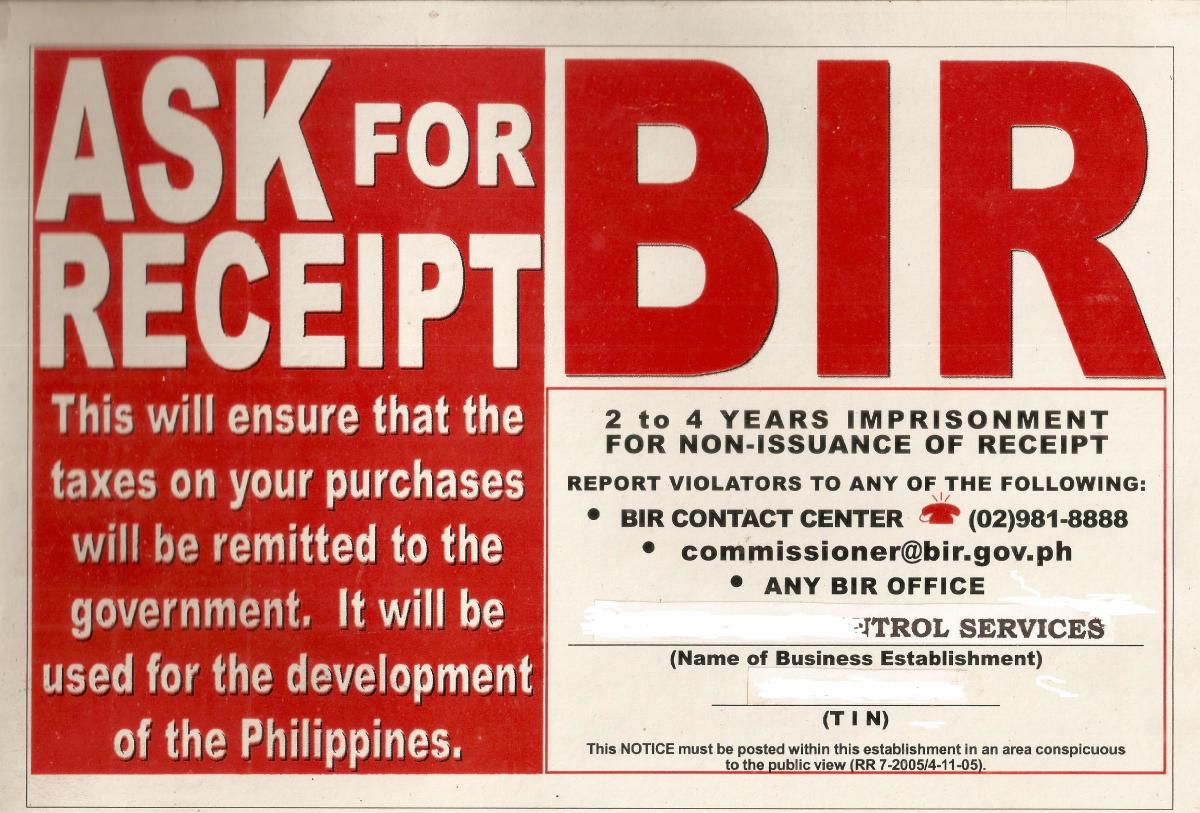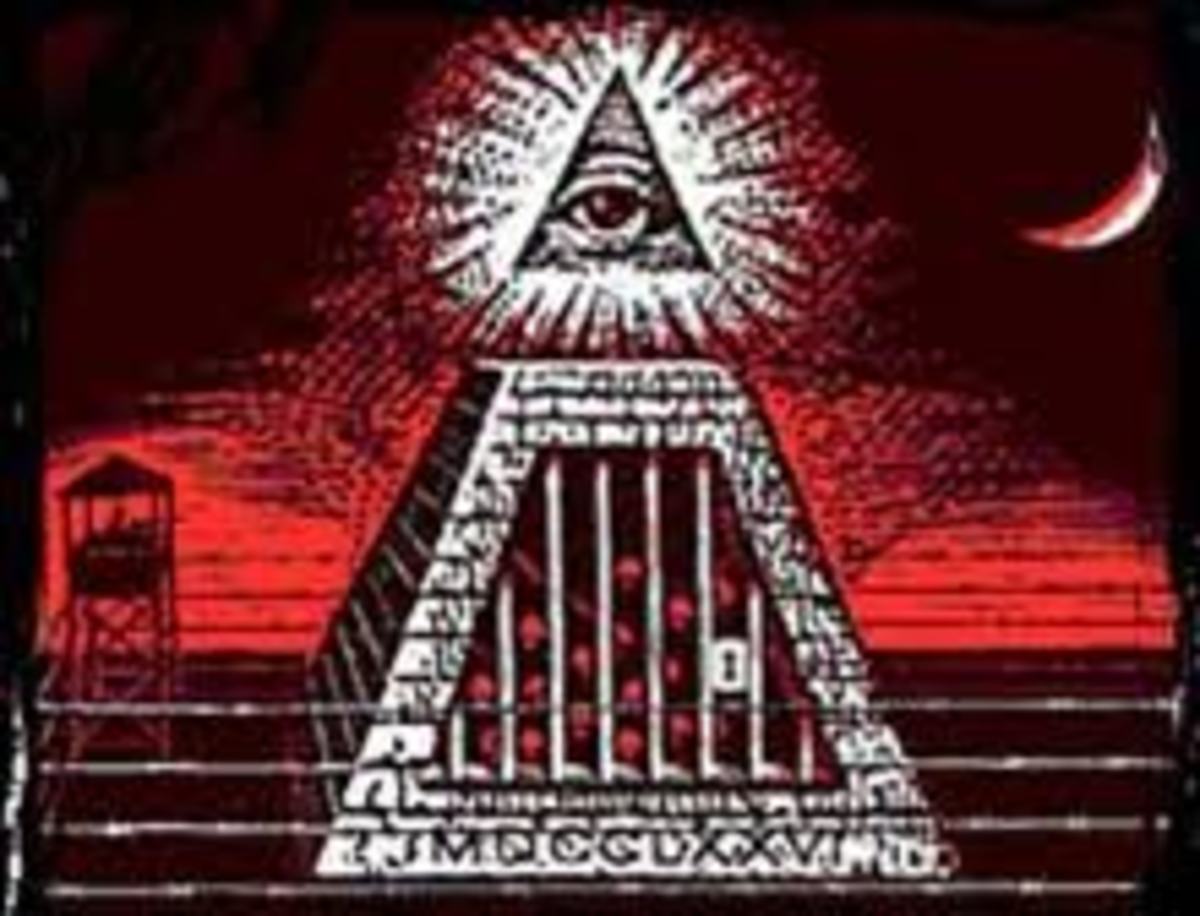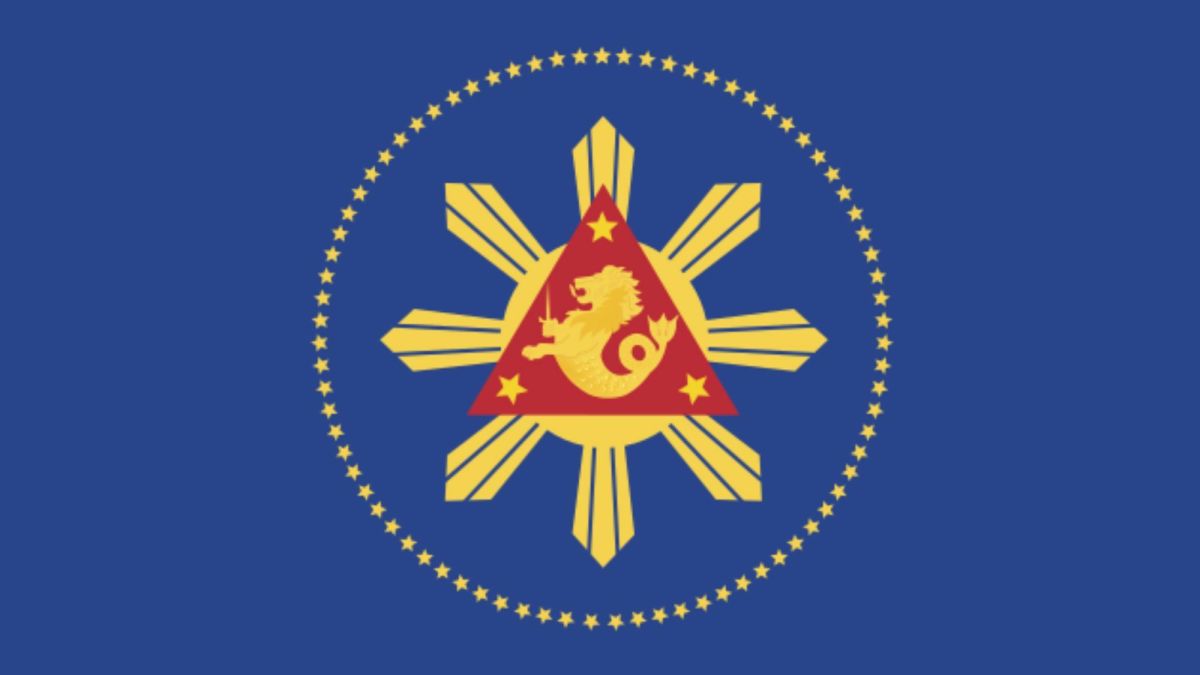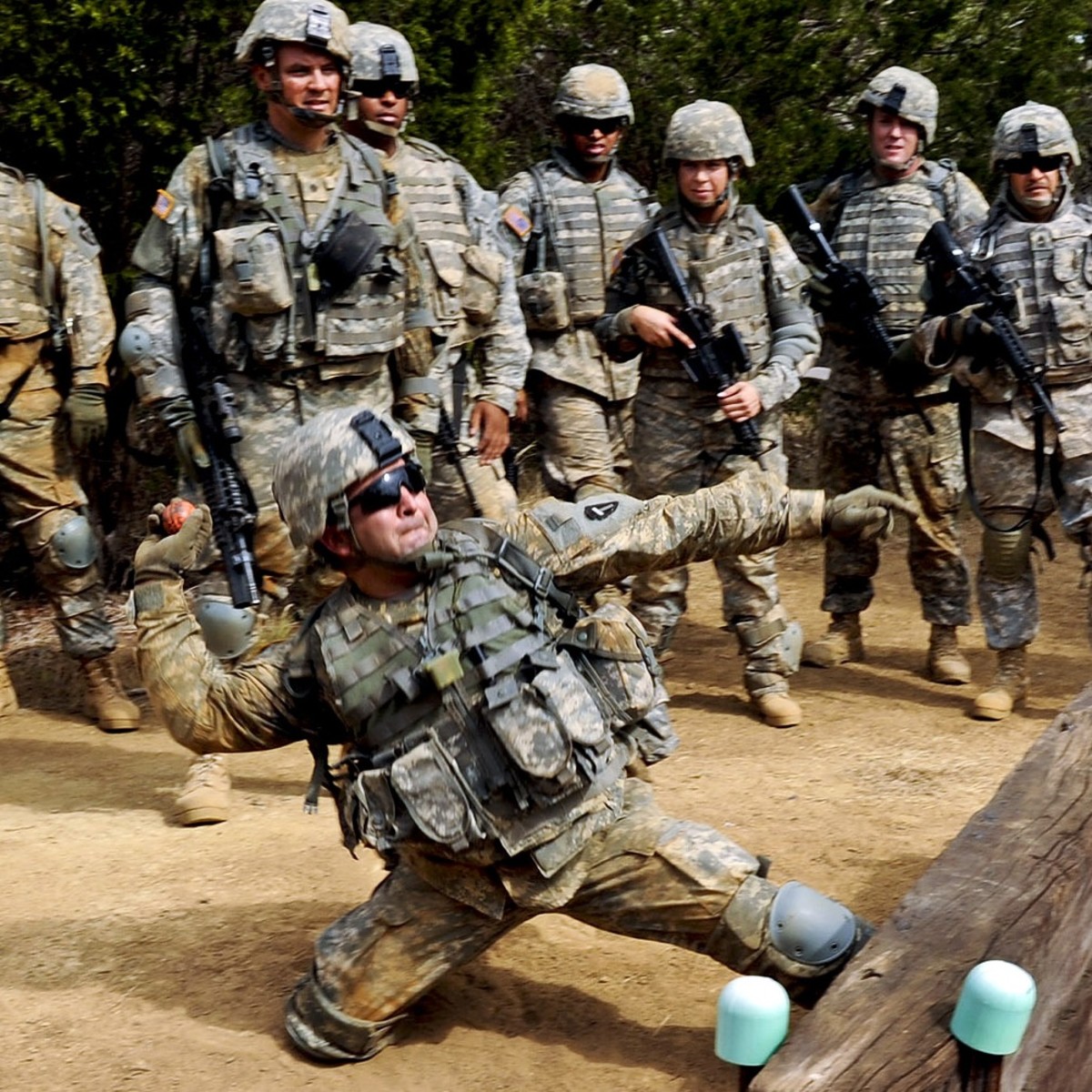Moro History - Moro Islamic Liberation Front and others
Moro Islamic Liberation Front and others
As earlier mentioned, differences of goals were the main reason for the division of the MNLF into factions. Thus, Hashim Salamat a Maguindanao (Now deceased) organized his Moro Islamic Liberation Front. The Moro Islamic Liberation Front is fundamentally Islamic in outlook. And the MNLF Reformist Group (1982) under Dimas Pundato, a Maranao, supported autonomy. In 1978, shortly after the collapse of the Tripoli Agreement, a group led by Central Committee member Salamat Hashim broke away from the MNLF. At first, it called itself the ‘New MNLF’, but in 1984 it formally established itself as the Moro Islamic Liberation Front. Hashim Salamat explains what really happened:
While the “Front” was still at the stage of organization, a conflict between Misauri and one of the then Cairo graduates (a doctor) broke out as both expressed aspirations to the chairmanship of the “Front.” Sheikh Salamat Hashim, who was the leader of the whole group did not insist to the chairmanship to avoid further dispute and eventual failure. So Misuari became the chairman of the “Front.”
After a few years of the start of the struggle Misauri's inefficiency had unveiled itself and most, if not all, of the field commanders signed a petition that Misauri should step down and give way for Salamat Hashim to assume the chairmanship, but Misauri cunningly insisted to stay and Salamat Hashim has to lead the "front" in accordance with the choice of the majority.
In order to avoid confusion, the members of the Central Committee had decided to replace the word “National” with the word “Islamic” so the true “Liberation Front” aiming at the re-establishment of a sovereign Moro Islamic State was given the title “Moro Islamic Liberation Front.”[1]
But who is Hashim Salamat that he could have been the chair of the MNLF.
Salamat Hashim was born on July 7, 1942 in the municipality of Pagalungan, Maguindanao. He comes from a religious family of seven: four boys and three girls.
Salamat’s first teacher was his mother. . . . At the age of six he started his formal education in the Philippine public school. He finished his elementary education in 1954 with honors and his secondary education in 1958 also with honors. . . . While pursuing his formal education, he enrolled in the village madrasah where he attended classes during Saturdays and Sundays. He finished ibtida’iyah at about the same time that he graduated from high school.
In 1958, Salamat joined the pilgrims from the Philippines in journeying to Makkah for the hajj. He took this opportunity to stay behind and study in Makkah under the care of Sheik Jawawi. He attended regularly the halakat held at the Masjidul Haram and enrolled at the Madrasatu As-Sulatiyah ad-Diniyah .
In 1959, he went to Cairo, . . . graduated from Al-Azhar’s Ma’had al-Buuth al-Isslamiyah as-Sanawiyah in 1963. Then he enrolled at Al-Azhar’s College of Theology for a bachelor’s degree program majoring in Aqidah and Philosophy and graduated in 1967. Pursuing his scholastic inclination further, he took up his postgraduate courses in the same university and finished his master’s degree in 1969. He completed the academic requirements for a doctoral degree, but he was unable to write his dissertation because he had to return to the Philippines by then to organize the Moro revolutionary movement.
Salamat also became interested to learn the English language so he enrolled at the British International Correspondence School and the American University in Cairo.
Salamat was an active student leader. His active participation in different student activities exposed him to various revolutionary trends, both Islamic and secular, which Cairo was known for at that period. This exposure brought him awareness of the colonial oppression his Muslim brothers and sisters were suffering back home, an awareness which gradually transformed him from a scholar to an Islamic revolutionary later on in his life. …It is interesting to note that among the contemporary Muslim thinkers who influence Salamat, two Muslim personalities made a lasting impression on him: Syed Qutb of al-Ikhwan al-Muslimun and Syed Abul A’la Mawdudi of Jamaati Islami . It was, however, Syed Qutb’s writings which shaped his Islamic outlook and political beliefs. The impact that Syed Qutb and Mawdudi made on him was what inspired him to plant the seeds of Islamic revolution in the Bangsamoro homeland. . . . As a cover for his mission, Salamat found a convenient employment as provincial librarian of North Cotabato.
In the organization of the MNLF, Salamat served as the first chairman of the Kutawato Revolutionary Committee (KRC), a Committee in charge of foreign relations. Using his contacts and connections in the Middle East, Salamat was able to bring to the attention of the Muslim world the cause of the Bangsamoro struggle for de-colonization of their homeland, thus gaining for the MNLF moral, political and material support.
As a person, Salamat is serious in everything he does. He is well organized with regards to his family and his work. His personal discipline was developed during this spiritual sojourn withSufism .
As an alim , he loves learning so much that even in his jungle base he maintains a library. He is also a prolific writer and lecturer in Arabic, English and Basa Magindanaon, his native language.[2]
Hashim actually comes from an upper class Maguindanaon family. As stated above, he was a leader of the Philippine Students’ Union in Cairo in the 1960s when studying at Al-Azhar, a prestigious center of Islamic learning. After returning to the Philippines in 1970, he became a founder member of the MNLF, and eventually challenged Misuari for the leadership. Hashim was a member of the MNLF panels negotiating with the Marcos government in 1975 and 1976. The organization puts much greater emphasis on Islam than the MNLF, and most of its leaders are Islamic scholars from traditional aristocratic and religious backgrounds.
The following are the stand of Salamat on the issue of Mindanao problem:
1. Salamat Hashim believes that "Any solution [to the Mindanao problem] less than full independence of the Bangsamoro Muslims will not work." To Salamat and the MORO ISLAMIC LIBERATION FRONT, their objective is the reestablishment of the Bangsamoro state, and to continue the building of the political institutions in accordance with the supremacy of the law of God which was impeded with the coming of the Western colonizers. In one occasion he made it clear:
2. All what the Muslims are asserting is their legitimate rights to self-determination, that is independence of the Bangsamoro homeland.
3. Salamat envisions to establish not a secular state but an Islamic state founded on the doctrine of the sovereignty of God, an Islamic government in the Bangsamoro homeland.
4. Salamat believes that government is an instrument for realization and perfection of man’s worship to God. The function of government is to regulate the affairs of humankind so that individually and collectively they can perform their worship to God. Government should ensure that justice prevails and should eradicate all forms of evils and encourage all forms of virtue and excellence.
5. Salamat’s model which shall be considered in the establishment of the Bangsamoro government is the government organized by the Prophet, peace be upon him, when he migrated to al-Madinah. Likewise, the rule of his four immediate successors, al-Khulafa al-Rashidun , shall also be considered.
6. The Qur’an does not recommend a definite form and structure of government. Salamat’s position is that this should be decided through consultation with the people. Experiences of other people, Muslims and non-Muslims, have to be studied to determine what form and structure that may be suited to the political culture of the Bangsamoro.
7. Salamat made known his personal view in favor of a federal system where the Muslims, indigenous inhabitants of Mindanao and the Christian migrants will reach constitute separate autonomous states.
8. In practice, the organizational structure of the Moro Islamic Liberation Front is similar to the structure of the Philippine government. The executive functions are exercised by the Office of the Chairman, the legislative functions by the majlis as-Shura (Consultative Council) and the judiciary by the Shari’ah Court.
9. The position of Salamat is that government should ensure that its citizens, Muslims and non-Muslims, enjoy freedom, justice, equality and democracy, and their human rights are protected and promoted.
10. To the non-Muslims of Mindanao who do not want to join the Bangsamoro state, Salamat commits that the Moro Islamic Liberation Front is duty-bound to help them if they opt to be free from the oppression and exploitation of the Manila government.
11. Salamat is of the opinion that the imam shall be elected. However, the manner of election will depend upon the situation and level of political maturity of the people. If the condition is so that the people can freely choose the leader and they can judge fairly who is the most qualified among the nominees, he is for direct election. If not, the election of the imam shall be delegated to a council called ahl al-hal wa ‘al-aqd , composed of scholars, professionals, thinkers and sectoral leaders.
12. The foundations of governance, according to Salamat, are shura (consultation), justice and equality. In his view, justice is the natural consequence of shura and equality is the natural consequence of justice. There will be no equality if there is no justice, and there will be no justice unless the affairs of men are conducted through consultation.[3]
The preceding presentation is very clear that Salamat’s goal is to establish a Bangsamoro Islamic State and government. His theocratic state is no doubt contradicts the constitutional provision that sovereignty resides in the people, because in theocracy God is sovereign. For the Moro Islamic Liberation Front autonomy as an alternative political solution to the problem in Mindanao is no longer feasible and viable as shown by the events that followed after the GRP-MNLF Peace Accord was signed. Salamat believes that the only way that the Bangsamoro Muslims will attain prosperity and development is the implementation of an Islamic government.
In the late 1990s, the Moro Islamic Liberation Front claims to have 120,000 armed and unarmed fighters and many more supporters. Recent Philippine government estimates put its strength at 8,000 while western intelligence sources put it at 40,000. Most members come from the Maguindanaon and Iranun ethnic groups, although Maranaw recruits seem to be increasing. Vice Chair for political affairs, Ghazali Jafaar, says that although the MORO ISLAMIC LIBERATION FRONT respects the Organization of the Islamic Conference (OIC), ‘the Bangsamoro has the final say.’
This is the problem that the Philippine government has to deal with seriously if it has to preserve its territorial integrity and sovereignty. But the government is confident that they can hurdle this obstacle because the MORO ISLAMIC LIBERATION FRONT is not supported by the OIC. According to Malacañang:
Malacañang maintained Wednesday that the Organization of Islamic Conference (OIC) does not recognize the Moro Islamic Liberation Front as the representative Muslim group in the Philippines and said any foreign government that supports the Moro Islamic Liberation Front will be interfering in the country’s internal affairs.
Presidential spokesman Jerry Barican made this clear in response to reports that the MORO ISLAMIC LIBERATION FRONT is seeking support from Islamic governments worldwide for international recognition. In a statement, Barican said the only Muslim group in the Philippines recognized by the OIC is the Moro National Liberation Front (MNLF) headed by Gov. Nur Misuari .of the Autonomous Region in Muslim Mindanao.
In 1996, the MNLF forged a peace deal with the government brokered by the OIC, a grouping of more than 40 Muslim countries. "In fact, the MNLF still has observer status in the OIC," Barican added, noting that it was the OIC that facilitated the peace process between the government and the MNLF in 1996. Barican pointed out that the peace process with the MORO ISLAMIC LIBERATION FRONT is purely an internal affair of the Philippines.
"Therefore, any foreign government that supports the Moro Islamic Liberation Front will be interfering with the internal affairs of the Philippine government, aside from contradicting the position of the OIC," he said. The Moro Islamic Liberation Front is negotiating a peace agreement with the government, following the success of peace talks between the Ramos administration and the MNLF.[4]
What Malacañang is hiding from the public is the fact that the OIC can help the Moro Islamic Liberation Front officially or unofficially.[5] Official, means the help is approved by the body while the unofficial support is done by individual member nation like Libya.
Abu Sayyaf Group (ASG)
Another group that is also giving headaches to the government is the Abu Sayyaf Group that is believed to have some links with the Moro Islamic Liberation Front. According to an official report of the US Department as of April 1999:
Description
Smallest and most radical of the Islamic separatist groups operating in the southern Philippines. Split from the Moro National Liberation Front in 1991 under the leadership of Abdurajik Abubakar Janjalani, who was killed in a clash with Philippine police on 18 December 1998. Some members have studied or worked in the Middle East and developed ties to Arab mujahidin while fighting and training in Afghanistan.
Activities
Uses bombs, assassinations, kidnappings, and extortion payments to promote an independent Islamic state in western Mindanao and the Sulu Archipelago, areas in the southern Philippines heavily populated by Muslims. Raided the town of Ipil in Mindanao in April 1995, the group's first large-scale action. Suspected of several small-scale bombings and kidnappings in 1998.
Strength
Unknown, but believed to have about 200 members.
Location/Area of Operation
The ASG operates in the southern Philippines and occasionally in Manila.[6]
The Abu Sayyaf[7] (‘father of the sword’) group was founded in the mid-1980s to propagate Islam through jihad or Holy War. Its founder and leader was Abdurajak Abubakar Janjalani, an Islamic scholar and previously a member of the MNLF but was killed in an encounter with the AFP in December 1998.
Few details are known about this group (as shown by the intelligence report from the United States of America), whose main base is on the island of Basilan. They appear to have little popular support because of their criminal activities. Most non-members describe it as Islamic fundamentalist, and many violent incidents in Mindanao have been attributed to the members. These include an attack on the town of Ipil in 1995 killing 50 people, several bombings in churches and a grenade attack in a Zamboanga department store just before Christmas in 1998, injuring 60 people.[8]
Members of the group are said to be former MNLF guerrillas who volunteered to fight in Afghanistan against the Soviet-backed government in the 1980s. Edwin Angeles, a convert to Islam who commanded Abu Sayyaf military operations in the early 1990s, was later revealed to be deep penetration agent. He left the Abu Sayyaf in 1995, and was killed in January 1999, soon after Janjalani.
MNLF-ICC
Recently, the newspapers headlined the birth of MNLF-ICC or MNLF Islamic Command Council. The mass media appeared to be surprised of the emergence of this group. They claim that they have members from the 13 different Moro tribes in Mindanao. The truth is that, the MNLF was not totally disbanded after the signing of the Peace Agreement with the Philippine government. It did not end the trouble in Mindanao, because the Moro Islamic Liberation Front and the Abu Sayyaf grabbed the attention of the media. And now when the government and the MORO ISLAMIC LIBERATION FRONT are on the way to find solutions to end hostilities through negotiations, the MNLF-ICC was launched.[9] The following is the complete analysis by the Stratfor:
STRATFOR.COM Global Intelligence Update
16 March 2000
Warning: Civil War Could Resume Throughout Philippines
Summary
At a recent leadership conference in the southern Philippines, the Islamic Command Council (ICC) announced that it will resume its guerrilla war against the government after nearly four years of tenuous peace. By itself, this single organization cannot re-spark the country's dormant civil war. But there is widespread guerrilla dissatisfaction with the implementation of the 1996 peace accord. The country is also stressed by economic and political problems. The group's announcement appears to presage the return of full-scale civil war to the Philippines.
Analysis
On March 12, the Islamic Command Council (ICC) announced at a press conference in the southern province of Lano del Sur that it would resume its guerrilla war against the Philippine government. The council is a faction of the country's former rebel front, the Moro National Liberation Front (MNLF). At the press conference, a spokesman for the group claimed that it comprised nearly 90 percent of the original 20,000-25,000 MNLF forces. About 100 heavily armed members appeared before the media.
On an immediate level, the ICC is calling for an independent
Islamic state in Mindanao. The group notes that that the Philippine government co-opted MNLF leader Nur Misuari, who signed a 1996 peace accord with the government putting an end to the civil war in exchange for autonomy - not independence - for the Moro people. At the conclusion of its leadership conference, an ICC spokesman warned that "aside from self-determination and the establishment of an Islamic state, the only way out here is through mutual destruction," according to the Manila Times.
By itself, the ICC presents a limited military threat. But the announcement may trigger the resumption of a long-simmering conflict in the southern Philippines; dissatisfaction has risen among other former MNLF guerrillas because of the slow pace in which the peace accord has been implemented. Talks with other separatists have been stalemated. On many fronts, the 1996 peace accords appear to be failing. The government in Manila is striking an increasingly harder line, as well.
Despite claiming thousands of members, the ICC has in fact been a small militant faction since 1995. Government estimates place membership in the low hundreds. The ICC split from the larger front in 1995 during the final stages of peace talks. While the MNLF, led by Misuari, pressed for peace, the ICC, led by Melham Alam – a former chief of staff under Misuari - rejected the government's offer of autonomy. In April 1995, the ICC and the Muslim terrorist group Abu Sayyaf attacked the predominantly Christian town of Ipil in Zamboanga Del Sur Province. More than 100 were left either dead or wounded. Misuari expelled Alam from the front after the attack. In 1996, Alam claimed that the ICC had 300 fighters trained in Afghanistan and Syria, plus 3,000 Muslim rebels.
This small group, however, has a keen sense of timing. The group is stirring as another round of peace negotiations between the government and the Moro Islamic Liberation Front nears a June 30 deadline. Announced by President Joseph Estrada, the deadline calls for a working peace deal - or the launch of a full-scale military assault against the Moro Islamic Liberation Front. Some in the Philippine government and military are reportedly dissatisfied with Estrada's tough line, likening it to the activities of former President Ferdinand Marcos before declaring martial law in 1972.
There is considerable concern about the balance of forces, in case it comes to renewed civil war. Government forces are stretched comparatively thin. Deployments in Mindanao include 35,000 soldiers and 35,000 paramilitary militia - the largest single deployment in the Philippines. There are calls for a further 15,000 members to be added to militia forces, known as the Citizen's Armed Forces Geographical Unit (CAFGU). The Philippine military includes only 74,000 army troops and 9,000 marines.
In comparison, the Moro Islamic Liberation Front has about 15,000 fighters and government figures indicate that they have greater access to weapons with 11,350 firearms - up nearly fourfold since 1997. The Moro Islamic Liberation Front may also be able to count on other insurgent groups and former guerrillas who have since been brought into the armed forces - but whose loyalties are questionable. The list of other active insurgencies includes Abu Sayyaf, with 1,500 members and 500 weapons, the ICC and other former MNLF fighters, and the Communist New People's Army (NPA), with 10,600 members. Though they are not allied, these groups have been known to operate together.
The single most important cause of unrest among the thousands of former Philippine insurgents is the slow place of implementing the four-year old peace accord. The process of integrating former guerrillas into the military and national police, as the accord demands, has been slow due to mistrust on both sides. In October 1999, 500 ex-MNLF soldiers left their military training facility, complaining that they were mistreated and inadequately paid.
Straining the tenuous peace in the south, MNLF leaders also hold that the government has not fulfilled its part of the 1996
agreement, by failing to issue weapons to MNLF fighters who are now in government units. The government's reticence to arm the
integrated former MNLF troops was justified in December 1999 when the first 1,000 ex-MNLF fighters promptly disappeared after being issued weapons. The military also has suspended the distribution of weapons to the remaining troops integrated into the armed forces.
For the government, the question is clear. Where do the loyalties of these men lie? With the government or the Moro cause? In
February, two former MNLF fighters-turned-government troops were found among six Muslim guerrillas killed in a clash between marines and the Abu Sayyaf on Jolo Island. Brig. Gen. Orlando Buenaventura, commander of the marines in the area, reportedly said that the military suspects "some MNLF integrees [sic] have been spying on us and telling the enemy about our anti-insurgency plans." He added, "We cannot trust them anymore." Guerrillas who have not entered the military present a clear threat. In January, 100 armed, former MNLF guerrillas occupied a port, demanding that the government hire them as security guards.
Misuari himself has several times warned that if the peace process isn't accelerated, the MNLF may re-launch hostilities. Misuari himself has little desire to break off the peace process but he may have little choice if he wishes to remain in power. Muslim leaders have called for his replacement, claiming he has not fulfilled his role as governor of the Autonomous Region of Muslim Mindanao. There has been little economic or social progress in the area since the peace accords.
The chief active guerrilla group, the Moro Islamic Liberation Front, appears headed toward broader open conflict with the government. The Moro Islamic Liberation Front is building its membership. Estrada's June 30 deadline for peace is spurring this growth. It is also capitalizing on the numerous rumors of an impending military coup against Estrada, recently announcing that it had captured three government agents who were part of a coup plot. Reportedly, the agents admitted to a plan that would have pressured Estrada into launching a full offensive against the Moro Islamic Liberation Front; Estrada would have then been relieved of his presidency.
For the Moro Islamic Liberation Front such a scenario would serve several purposes: placing blame for attacks on the government, fueling rumors of a coup and engendering distrust between the military and government. These rumors also appear to be undermining confidence between the government and the armed forces. The tactic appears to be working. Armed Forces Chief Gen. Angelo Reyes has insisted that the armed forces remain loyal and warned, "We will not baby any coup plotters." Nevertheless, the government called in the navy's Vice Adm. Luisito Fernandez to account for the loyalty of the navy, reported the Manila Times. In addition, the military is increasingly active on the domestic front. Roles likely include stepped up surveillance.
Each of the separatist groups will likely take advantage of this situation. The possibility of all-out civil war is growing, as are prospects for stepped up operations by the Moro Islamic Liberation Front, MNLF and Abu Sayyaf in the south, the Communist army in the central region and the north. The ICC's chief area of operation is the urban setting, quite possibly Manila itself.[10]
There can be no peace in Mindanao unless full understanding of the role played by culture in the history of the Moros is achieved. It could not be possible too unless the Moros themselves will accept the fact that Mindanao had been already lost for them already and they have to accept the realities that there is still peace in co-existence and in diversity. The Moros believe that they are victims of “internal colonization” or neo-colonialism process that they were not able to anticipate because they believe that education is a Christianizing agent or what is termed as local cultural-imperialism. This left them behind from the rest of the major groups in the Philippines. If there are a few qualified and educated among the Moros or Muslims, it could not be blamed on the government and the Christians but they themselves. As their fallback, they resorted to Islamic fundamentalism and ethnocentrism to get the support of the Muslim world and their people who only want peace. Nobody, I mean nobody among the Muslims when interviewed by the media would say that they support the Moro Islamic Liberation Front but in reality they provided financial and human resources to the group for fear of retaliation. However they are already fed up and frustrated of the use of religion in the trouble in Mindanao but they could not do anything of the manipulation of their unscrupulous politicians and their religious leaders. Some of those who can afford left their area and find a peaceful job outside Mindanao to be free from the politicization of their religion.
(For the documentation please email me)








